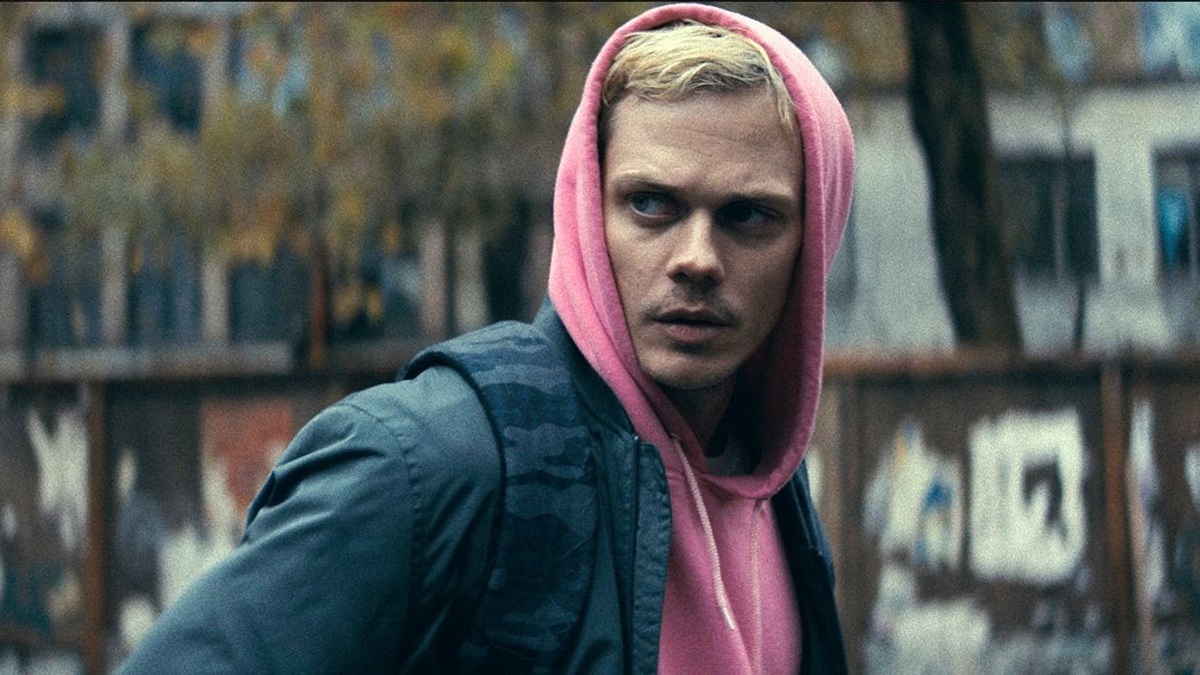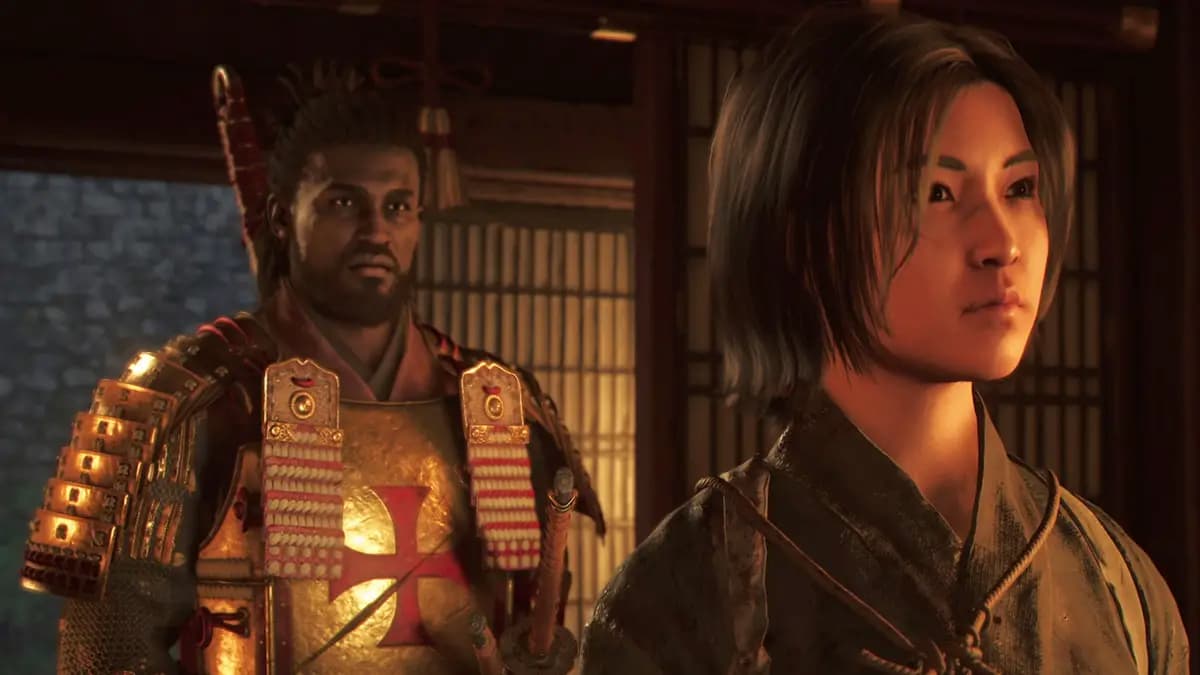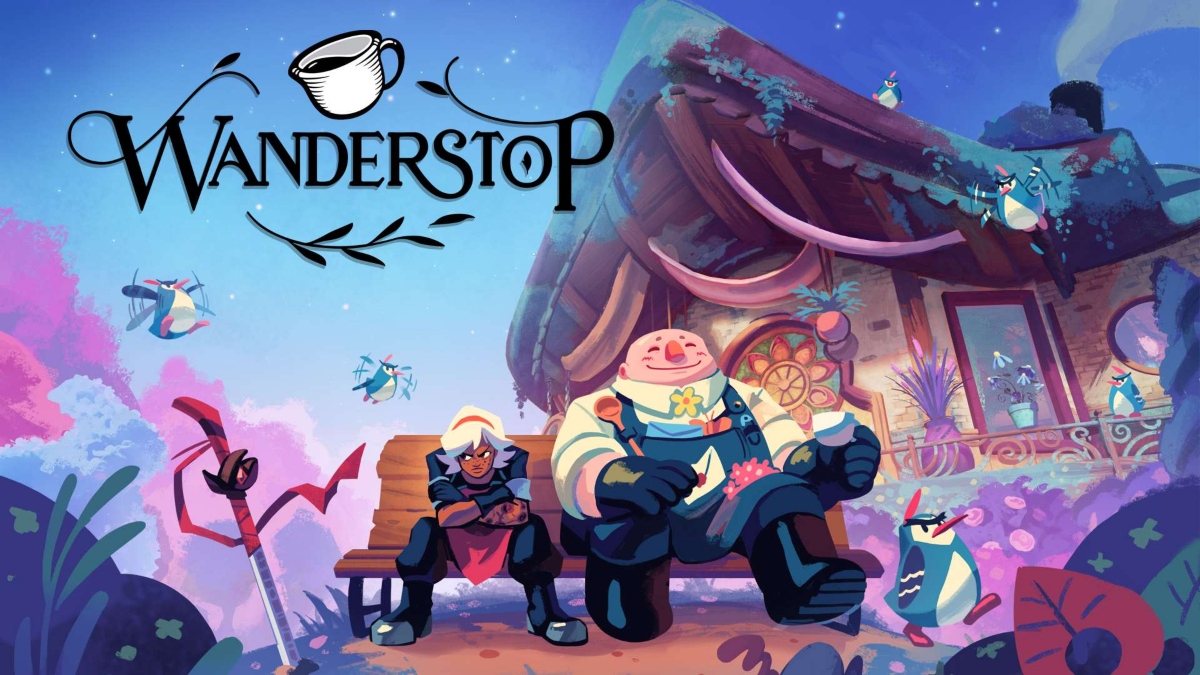I wasn’t sure what to expect when I first loaded up Torchlight – everything I’d seen of the game had shouted “Diablo clone!” at me through a megaphone, but who’s to judge a book by its cover? As it turns out, sometimes the cover can actually be pretty accurate: Torchlight is a Diablo clone in the most literal senses of the word. From the game’s three classes, to its combat mechanics and Town Portal Scrolls, to its socketed items and even its music, it was obvious where the game’s influences were coming from.
Considering that it was made by a bunch of former Blizzard North members who worked on Diablo and Diablo II, though? Torchlight might be a Diablo clone, but it’s a damn good one.
The game does have a story, but it’s secondary to everything else: In the small mining town of Torchlight, there has been a recent surge in monster activity inside the town’s mine, where workers uncover the magical substance called Ember. Go into the mines, kill the monsters, venture ever lower into the tunnels beneath the mountain and uncover strangely varied scenery the deeper you descend – we’ve heard it all before, and it’s mainly just a pretext for what Torchlight does very, very well: The acquisition of phat lewts.
You might think that the objective of Torchlight is to solve the mystery of the monsters in the depths, or to save the town, or to get revenge upon some guy or another, but you’d be wrong – the objective of Torchlight is to get the best and rarest gear possible. To do so, you’ll play as one of three classes: The powerful melee-based Destroyer, the agile and tricky Vanquisher who fights at a distance, or the magic-wielding Alchemist. All three of the heroes have a pet dog or cat at their side, and your fuzzy companion is a welcome presence – he’ll join you in combat, he’ll hold items for you, and he’ll run back to town to sell stuff so you don’t have to quit adventuring.
If there’s any gear in the game that was restricted to certain classes, I didn’t find it – the only restrictions seemed to be your base stats, which you manually increase every time you level up. So if your Destroyer’s Magic is high enough you can run around with dual-wielding wands if you really want to – but why would you want to when there are just so many other weapons to be discovered?
Torchlight‘s click-based gameplay is simple but very satisfying – it’s decently polished, but not so ornamental that it gets in the way of the game. But even as you find yourself slashing through goblins and chugging health and mana potions like they were 7-UP, you’ll find that the real strength of the game is in its randomization. The dungeons themselves are randomized, and while you’ll probably grow to recognize the individual set pieces after a while (oh, here’s the room where I inspect the lectern and the zombies pop out of the floor) it adds a surprising amount of replayability and encourages players to check out the mini-dungeons that you can go to on sidequests or via teleport scrolls in the quest for better gear.
When it comes down to it, the game is about making your hero into the biggest possible badass they could ever be. You want to level up, you want to buy all the skills and transmute the best gems for your rare weaponry; you want to find the strongest monster in all the land and curbstomp it. This is a very simple game concept, but it’s a very compelling one, and Torchlight does it exceptionally well.
As much as the game is fun, though, there’s one severe flaw: For a game that nails the Diablo formula so perfectly, it’s almost criminal for it to not have a cooperative (or PvP) multiplayer mode. As disappointing as that is, though, it’s hard to say that the game isn’t worth it: The game and level editor together run you $20, and the cartoony graphics make for some ridiculously scalable hardware requirements: If you’re reading this article, you can probably play Torchlight.
Which you should do right now.
Bottom Line: Torchlight absolutely nails the formula that made Diablo so addictive. The combat feels satisfying, your pet companion is a welcome addition to the genre, and there are plenty of randomized dungeons to explore in the search of the rarest treasure there is. It might not have the depth (or variety of content) of a larger game, but $20 is more than a fair price – and it’ll help soothe your twitchy index finger that longs for adventure, with Diablo III so far away. It’s addictive and superbly well-made, and well worth the price.
Recommendation: $20 is a steal for this game. Get it.
Score: [rating=4]
John Funk needs a new mouse.













Published: Oct 27, 2009 5:00 PM UTC